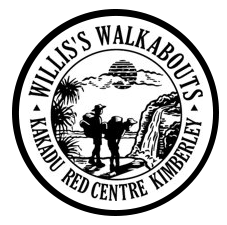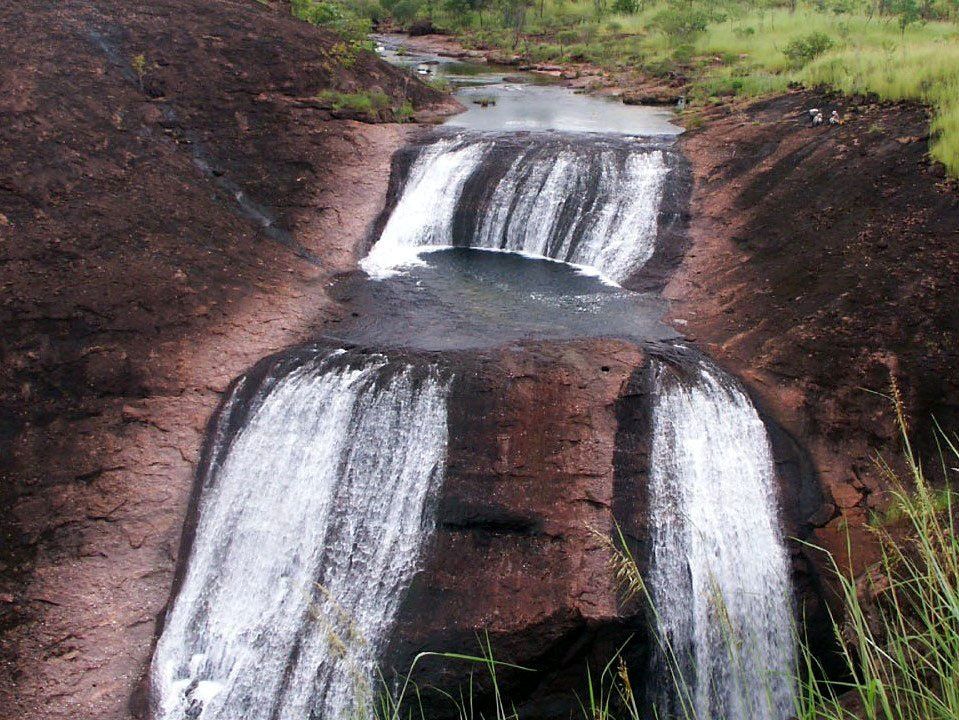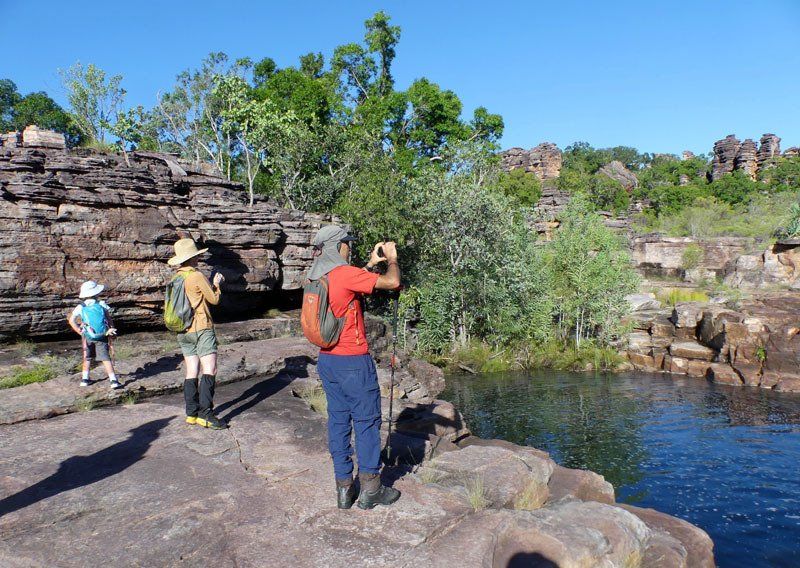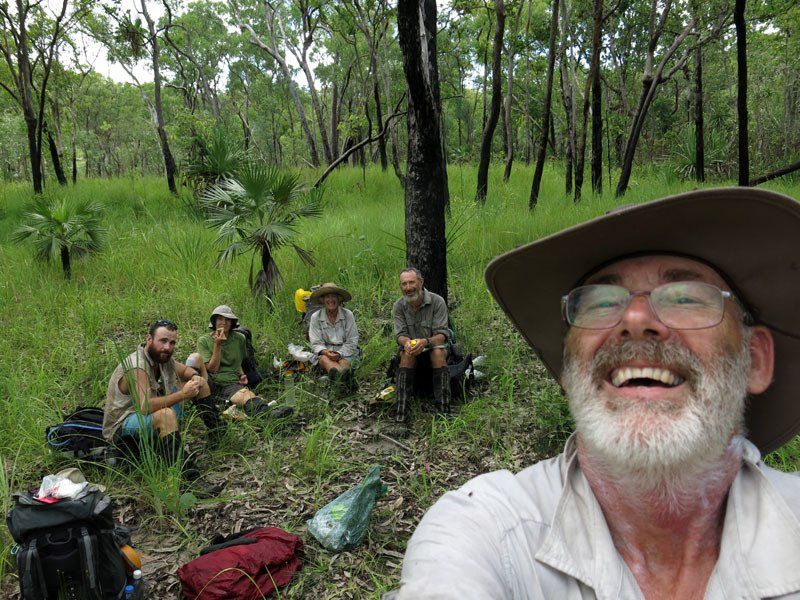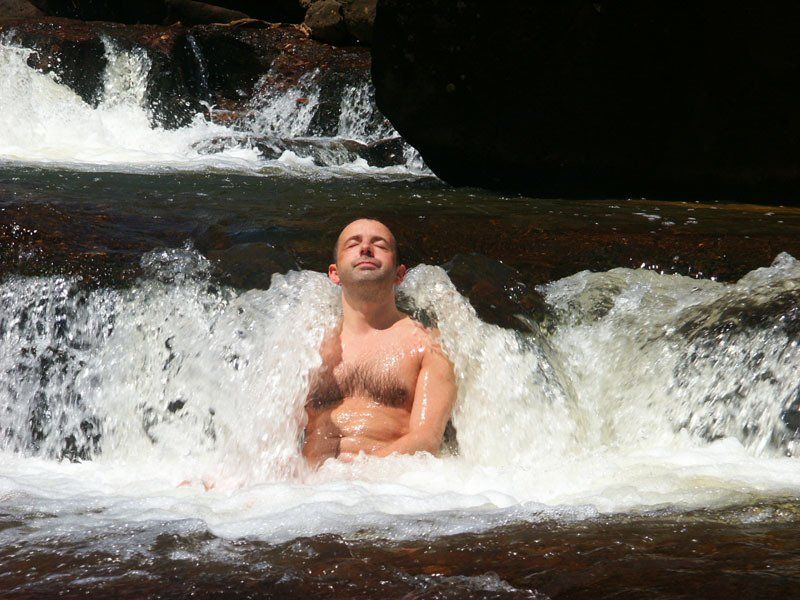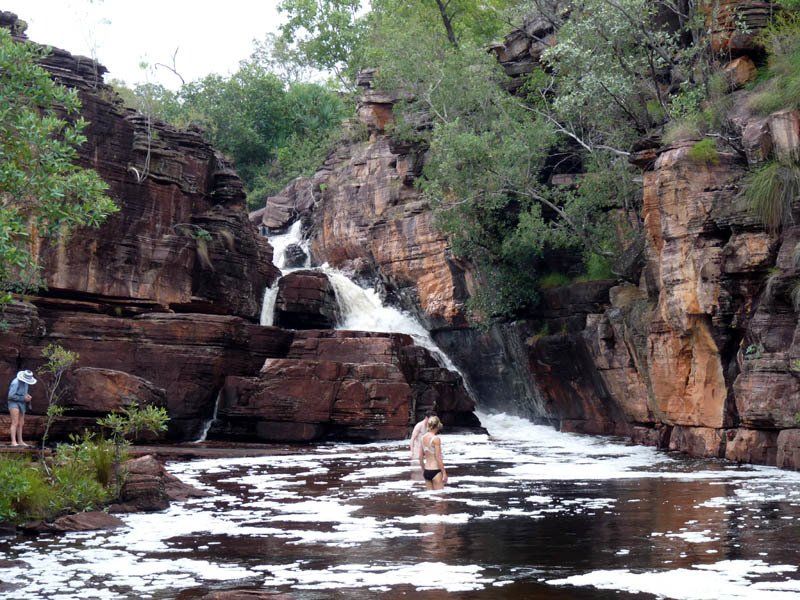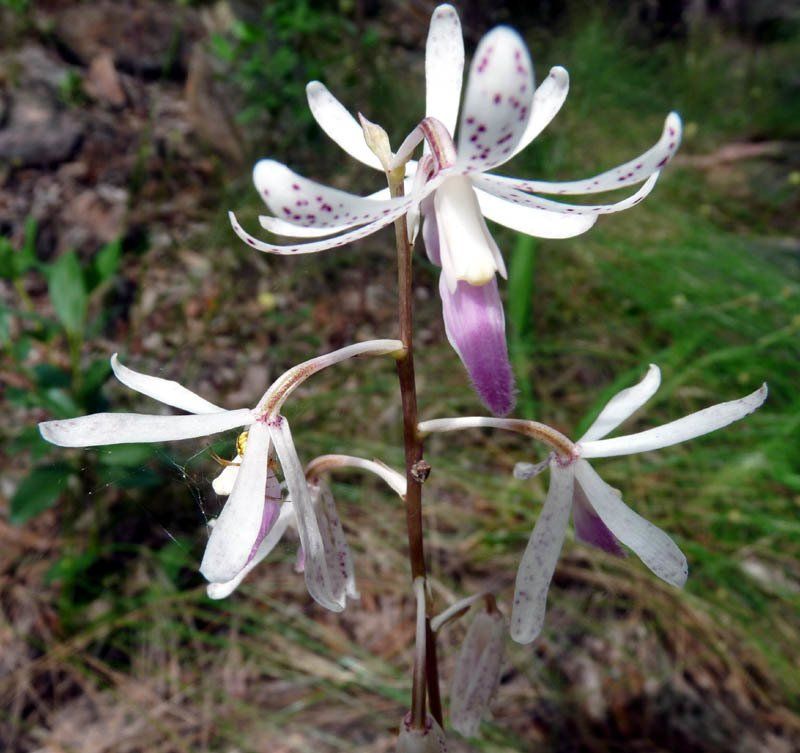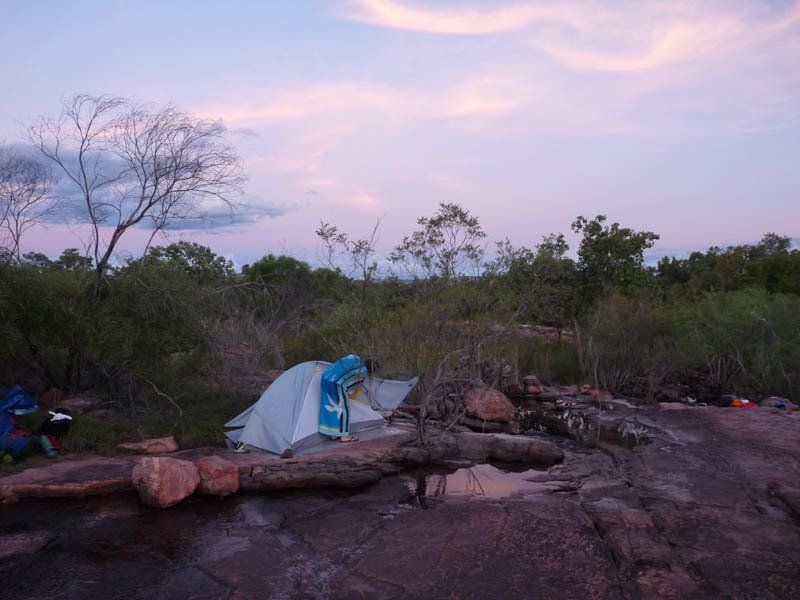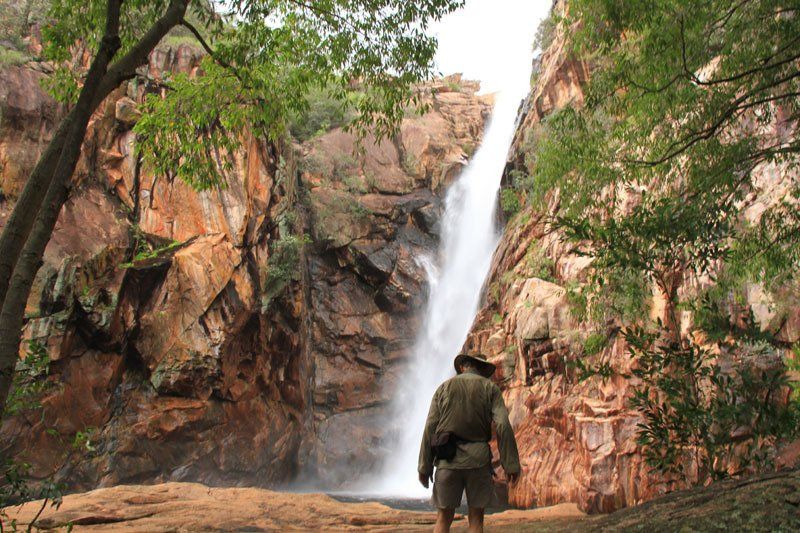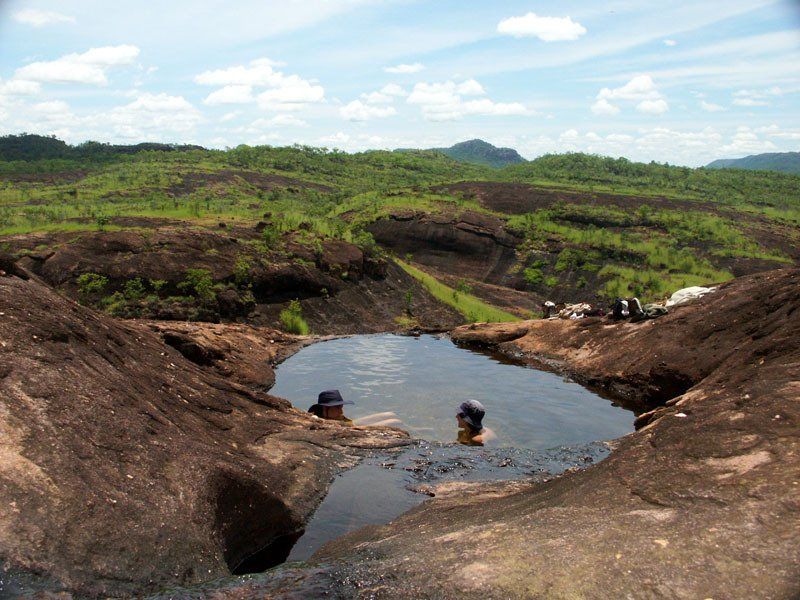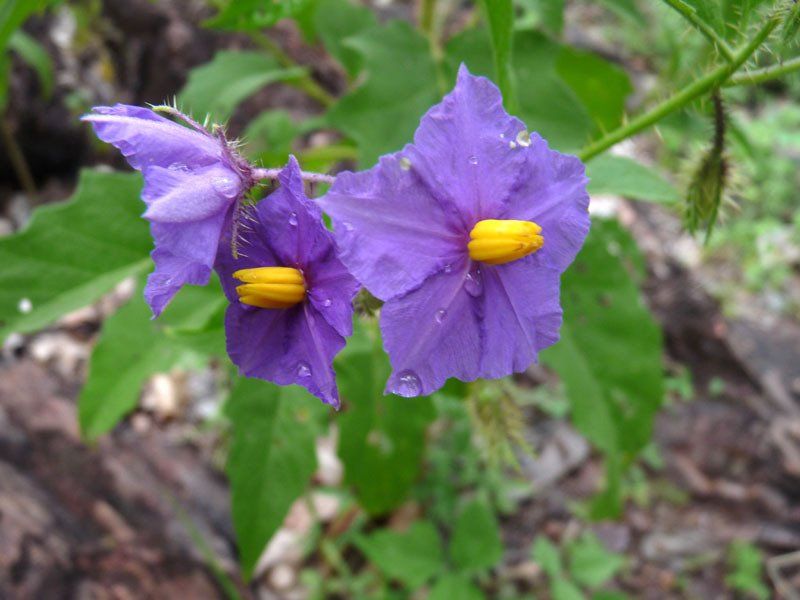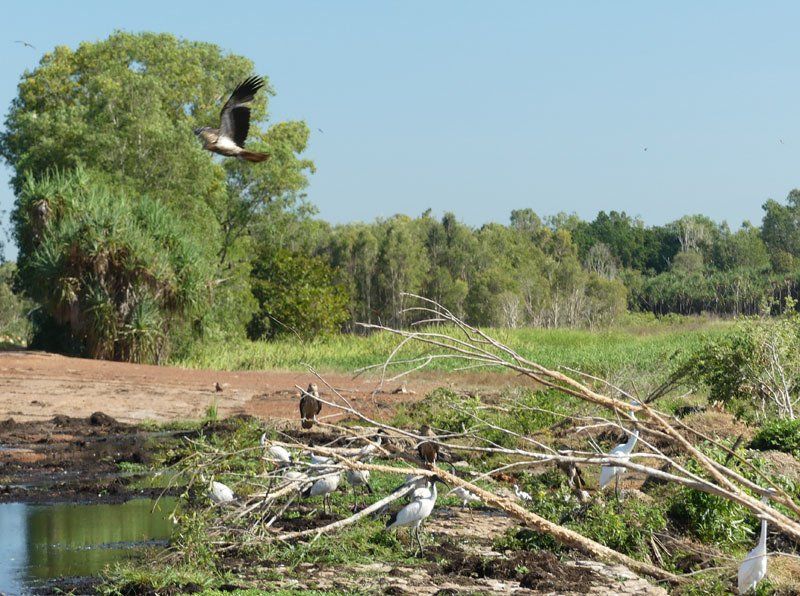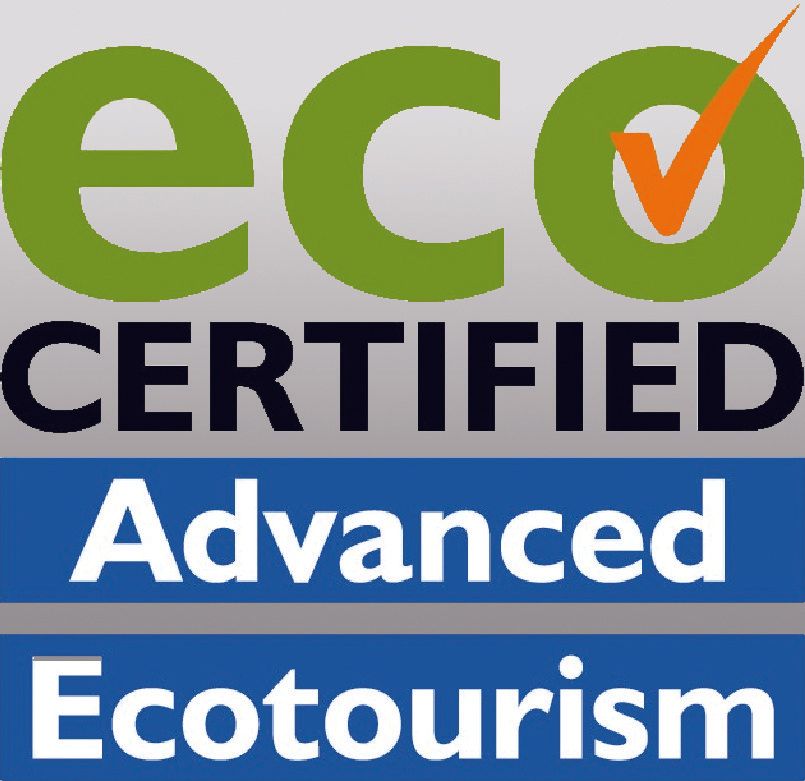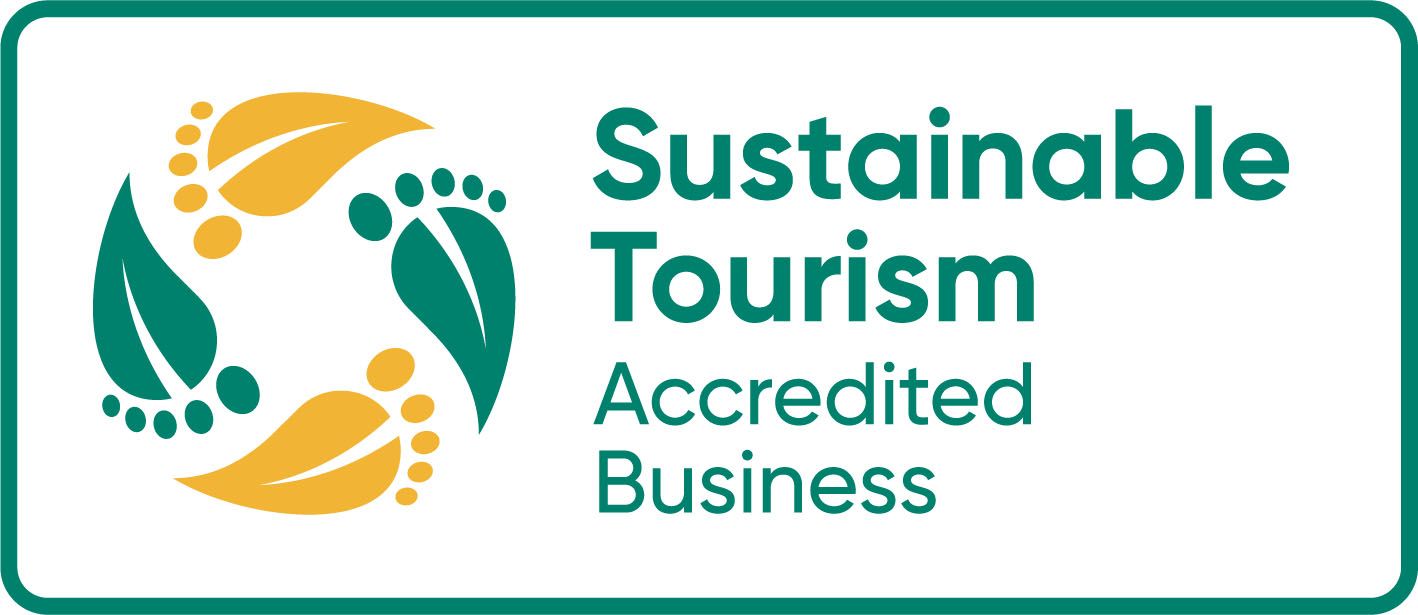EXPERIENCES / KAKADU
Kakadu Highlights No. 2
Overview
Walk the wonder of Kakadu in the Wet.
- Section one is mostly accommodated with short overnight walks allowing you to acclimatise. It includes two cruises one of which should give you a good insight into the local Aboriginal culture.
- Section two shows you the best waterfalls that are reasonably accessible to overnight walkers at this time of year.
Section 1: Warming Up
With maximum temperatures in the mid 30's and nightly minimum temperatures in the mid 20's, the first section is an easy one to allow the group to acclimatise. We begin with the 300 km drive from Darwin to Kakadu, stopping to visit some interesting places along the way. We spend our first night in accommodation in Jabiru.
Kakadu’s waterfalls are at their most spectacular at this time of year so we will make sure that those who wish to do a scenic flight over Jim Jim & Twin Falls have the opportunity to do so sometime in the first three days. Morning is usually best, so this should be on day 2 or day 3.
On day 2, we drive a short distance to Burrungkuy (Nourlangie Rock), one of the most visited places in Kakadu. Few of those who visit do so at this time of year when the land is lush and green and the billabongs are full. We visit a number of art sites and enjoy some magnificent views out across the surrounding plains. We return to accommodation.
Next day, we head off early to Kubara (Baroalba Springs). A 3 km walk along an old 4WD track brings us to Kubara and the first of our swims for the day. If water levels permit, we will carry overnight packs with us, then do another 2½ km to a two-night camp from which we can explore some of the many art sites, something which would be impossible on a day walk.
If water levels permit, we will do the Guluyambi Aboriginal cultural tour the next day. This tour combines a wetland cruise and a visit to Ubirr. Guluyambi brings you the relationship between Aboriginal people and their land, their culture. This particular tour is only offered for about two months per year when high water on the Magela floodplain gives access to a wetland seen by only a few.
Next comes something special we hadn’t been able to do for ten years until 2023 – an overnight walk at Motorcar and Kurrundie Creeks.
We drive to one of the Yurmikmik car parks and begin the walk on a marked trail. We leave the marked trail near where it crosses Motorcar Creek and do a short walk to our camp.
Next day, we do a longish loop walk that takes to Kurrundie and lower Motorcar Falls, spectacular sites almost unknown to the general public.
The next day is again an easy one. We put on our packs and retrace our steps to the car. We then drive to Cooinda where we visit the Warradjan Aboriginal Cultural Centre. If we arrive in time, those who wish to do so can do the late afternoon Yellow Waters cruise.
We spend the night in accommodation at Cooinda. The next morning, we do the early Yellow Waters Cruise. This is the best way to experience Kakadu’s wetlands – great to look at but not the best place for a bushwalk.
Those doing only section one catch a bus back to Darwin.
Section 2: Barramundi Creek
Dry season visitors see nothing like this. Pool after pool, waterfall after waterfall flowing at their wet season best.
Depending on how much time we take, we may spend two nights camped next to the largest pool in the Barramundi system and do a day walk visiting some of the smaller waterfalls that flow only at this time of year.
We follow the main valley back to where we first climbed up and return to the vehicle for the trip back to Darwin.
We follow the main valley back to where we first climbed up and return to the vehicle for the trip back to Darwin.
Details
DATES
9-22 March
Sec 1: 9-17 March
Sec 2: 16-22 March
Additional expenses apply. See the PDF trip notes for details.
PRICES
Full price: A$4995
Sec 1: A$3495
Sec 2: A$2695
*discounts available.
GROUP SIZE
4 - 12 guests
CAMP SITE
Section one is mostly accommodated with three bush camps. Section two is all bush camps. Our overnight camps will be on sand, rock ledges or grassy areas depending on water levels at the time.
ART
We visit a variety of art sites
SWIMMING
This is the best time to see the Top End waterfalls. We will have good pools at every campsite and lunch spot.
WILDLIFE
Birds are always present but spread out at this time of year. You are unlikely to see many large animals. The Yellow Waters cruise is excellent for birds, many of which you are unlikely to see on the walk. It also gives you a good chance to see large estaurine crocodiles.
CLIMATE
It will be hot (although not as hot as you might think) and it will be humid. The average daily maximum is 33-34ºC (91-94ºF). If we get a spell of relatively dry weather, the temperature could reach 40ºC (104ºF). The average minimum is 24ºC (75ºF). Sleeping bags are not needed. Rain is almost certain. On average it will rain two days out of three, mostly in short, sharp bursts. Averages can, however, be misleading. Occasionally, it might rain for days at a time. (This makes it somewhat harder to walk but it also makes the waterfalls more spectacular and keeps it relatively cool.) Occasionally, it may rain very little. This makes it substantially hotter than normal. There will be many opportunities to swim and cool off, but you must be prepared for hot, humid conditions.
COOKING
In spite of the wet weather, we will have campfires on our overnight walks and hot water available every morning.
WALK RATING - MODERATE
Terrain
Section 1. Although some sections of these walks are fairly flat and straightforward, most of the walking is off-trail. There are some longish sections of rock scrambling and a couple of short but sharp climbs. If you have never done this before, you may find this fairly difficult.
Section 2. Except for short bits at the beginning and end, all of the walking will be off-trail and will include a bit of rock-hopping. There will be some steep but short climbs.
Vegetation
Much of the walking is through relatively flat, open woodland with a grassy understorey. Some short sections of grass may hide a broken rocky surface where you will have to be particularly careful. There may be some slow sections where you will have to pass though thick scrub. The vegetation can vary from year to year depending on when last burnt. Much of section two is on trails where the vegetation is not much of a problem.
Distance
Generally 4-6 hours, not including breaks. A few days might be longer.
Pack Weight
You need to carry only a day pack much of the time, two days food on the longest walk on section one, five nights food on section two.
Itinerary
*This itinerary is subject to change
